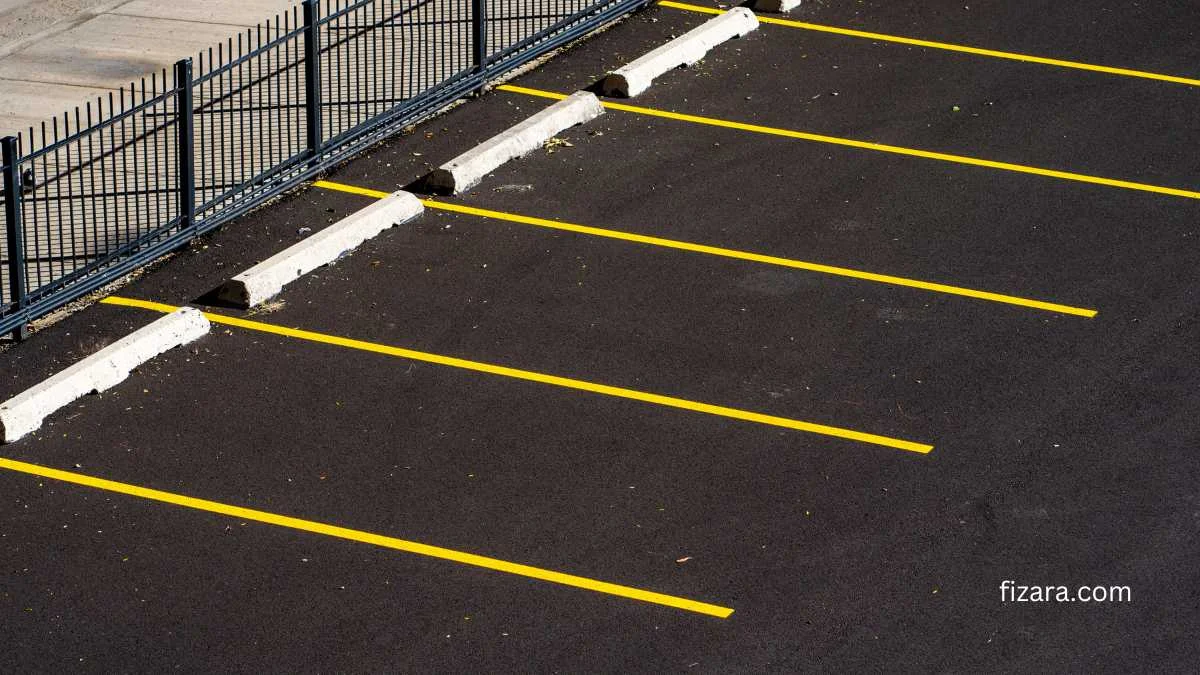Tarmac car park surfaces are many things – durable, cost-effective, functional, but they’re not indestructible. They’re still impacted by external factors, especially the fluctuating climate of the UK. In other regions, changes in weather conditions also impact the structure and longevity of car park surfaces.
The effects of weather changes include degradation, fading, and reduced lifespan. From the scorching heat to cold and windy rains, it’s important to know their impact on tarmac surfaces to ensure proper maintenance and improved lifespan.
Today’s article takes a look at the common weather conditions and their different effects on car park surfaces.
Sunny Conditions
Sunlight comes with exposure to UV rays, and when this continues for a long period, it causes various issues with the tarmac. For instance, prolonged UV exposure causes the surface to fade, become brittle, and eventually crack. The major issue occurs structurally as prolonged exposure causes the binder in the tarmac to loosen, leading to deterioration.
The eventual loss of cohesion and other effects of sunlight exposure can be mitigated by applying sealant coatings to offer protection against UV rays and prolong the lifespan.
Rainy Conditions
Tarmac surfaces have high porosity and, for such reason, are vulnerable to heavy and continuous rainfall. So, during the rainy season, water seeps into underlying layers of the structure, causing damage and weakening of the pavement.
Over time, the surface will suffer cracks, potholes, and degradation. However, you can counteract these effects by constructing a proper water drainage system and introducing catch basins.
Windy Conditions
Windy conditions don’t come with issues as big as those caused by sun and rain, but they do affect the tarmac surfaces nonetheless. When heavy winds strike, they’re accompanied by debris and other abrasive particles like sand and gravel. These particles make contact with the tarmac and increase the wear and tear of the surface.
In essence, prolonged windy conditions will speed up degradation and reduce lifespan. To prevent this from happening, you should install windbreaks and barriers to mitigate the effects of wind. In addition, the car park surfaces should be swept regularly to remove the abrasive particles.
Freezing Conditions
The issue with freezing weather conditions is the freeze-thaw cycle. When water penetrates car park surfaces, it freezes and causes expansions within the structure. When the water eventually thaws, contractions follow and the damage increases.
This constant expansion and contraction lead to cracking and breakages. To protect your car park surfaces from freeze-thaw cycles, apply a sealant coating to prevent moisture infiltration, and then install proper water drainage systems. Existing cracks should also be fixed immediately to prevent the damage from worsening.
Conclusion
There are plenty of factors to consider when maintaining a car park surface material, but the one you should give the highest importance to is the weather situation. Knowing how the surface will react to different weather conditions is crucial to making the right choices for your tarmac surface. To help make even better choices, you should contact Kane Construction for the best tarmac options, materials, and advice.









